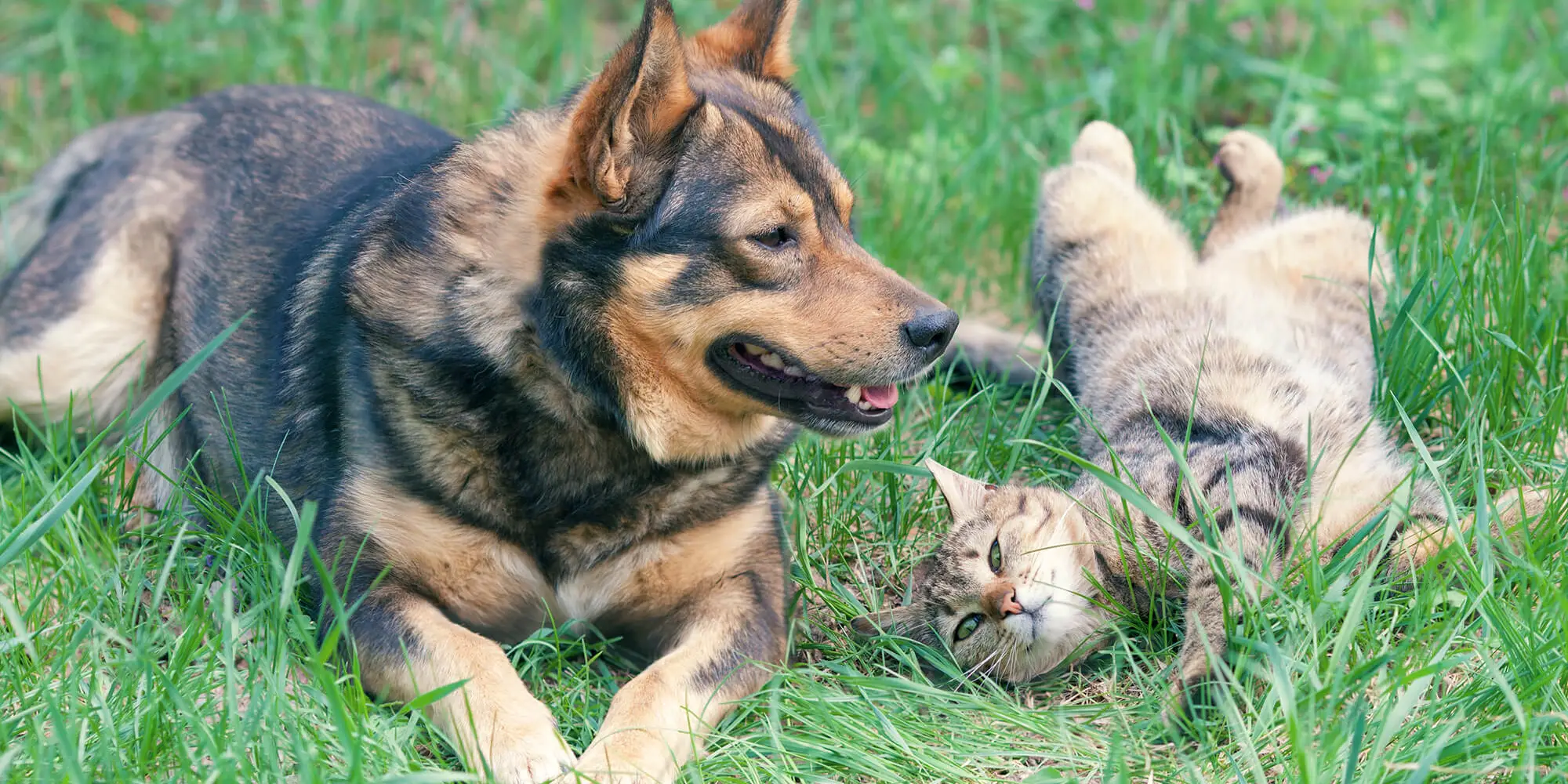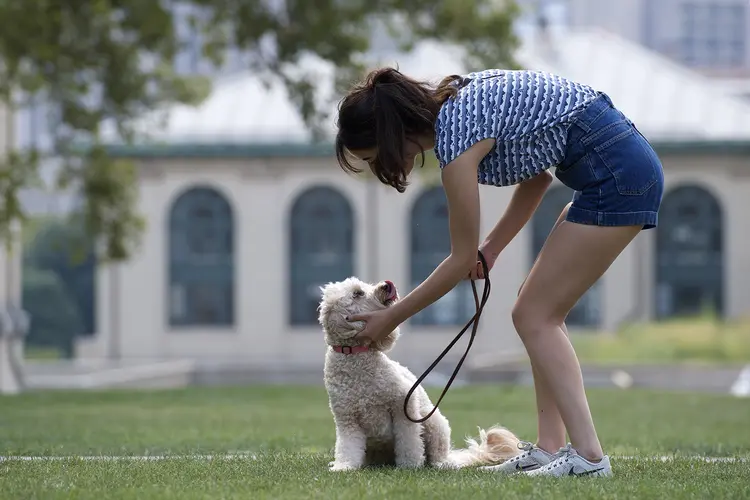
Improving Air Quality Would Avoid 80,000 Vet Visits Every Year, Study Finds
Media Inquiries
New research conducted by Carnegie Mellon University’s Heinz College of Information Systems and Public Policy(opens in new window) and the Grantham Research Institute on Climate Change and the Environment has found that high levels of air pollution have led to significant increases in the number of vet visits for both cats and dogs.
Using five years of data on over 7 million visits to veterinary practices across the United Kingdom, the study concludes that reducing pollution levels to meet recommendations set by the World Health Organization would result in 80,000 fewer vet visits each year.
If such improvements were made, the resulting annual savings in pet care utilization costs alone would be roughly 15 million British pounds, with the total economic benefits likely to be considerably higher. The study is the first large-scale empirical analysis of the health impacts of air pollution on pets.
For the study, the researchers combined an extensive sample of visit-level data from veterinary practices, with hourly readings from air pollution monitors across the United Kingdom from UK Air. They then estimated how fluctuations and spikes in fine particulate exposure (i.e., PM2.5) lead to impacts on the utilization of pet health care.
The analysis leverages daily visit-level data from veterinary practices across the United Kingdom over the period January 2017 to September 2022. The data was taken from the Small Animal Veterinary Surveillance Network (SAVSNET) database, which is administered by the University of Liverpool. The database includes visit information from around 5% of the five thousand veterinary practices in the U.K. The resulting estimation sample contains data on roughly 3.8 million unique cats and dogs, with 1.9 million visits for cats and 5 million visits for dogs.
They found that a 1 microgram per cubic meter increase in average air pollution (PM2.5) over a week leads to a 0.7% increase in vet admissions for both cats and dogs. This increase is of a similar scale to effects found in studies that have looked at air pollution and hospitalizations. The increase is also concentrated among a broad class of visits that could plausibly be driven by poor air quality, so does not show up in unrelated areas like vaccinations or post-operative care.
One in every six human deaths in 2019 was attributed to air pollution, and the primary driver of pollution-caused mortality is exposure to fine particulate matter. By comparison, there is relatively little research on how air pollution impacts animal health, despite humans and animals sharing many of the biological pathways that lead to morbidity and mortality. U.S. residents spent roughly $120 billion on their pets in 2022; the corresponding amount in the U.K. was approximately 10 billion pounds.
Exposure to air pollution in wild animal species depends on physiological traits and on the dispersal of air pollution in natural habitats. Pets typically share the same environmental exposures as their human companions and are therefore exposed to similar levels of ambient air pollution.
"The bulk of the research on the deleterious health effects of air pollution has focused on humans,” said study author Akshaya Jha(opens in new window), assistant professor of economics and public policy at Heinz College. “Our findings suggest that animal health is also adversely affected by air pollution, providing further evidence on the benefits of current and proposed policies to improve air quality."



